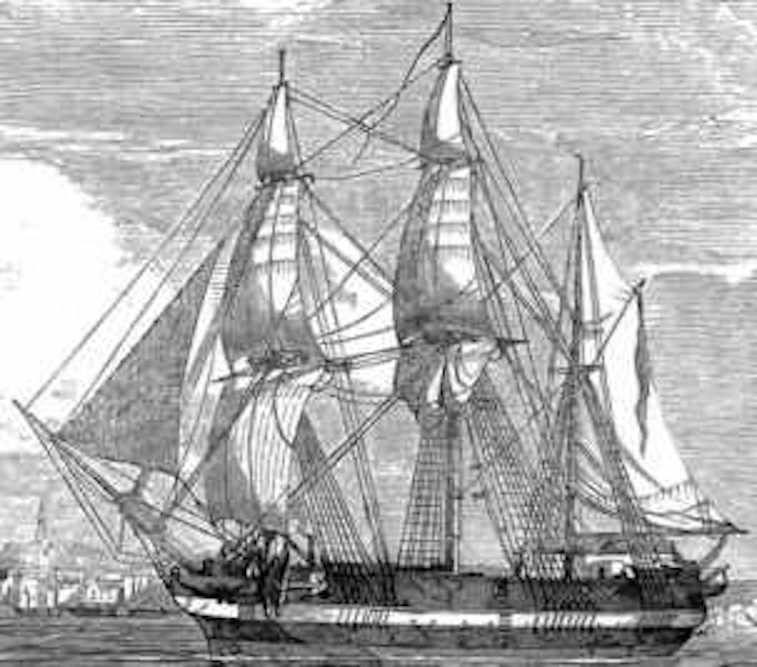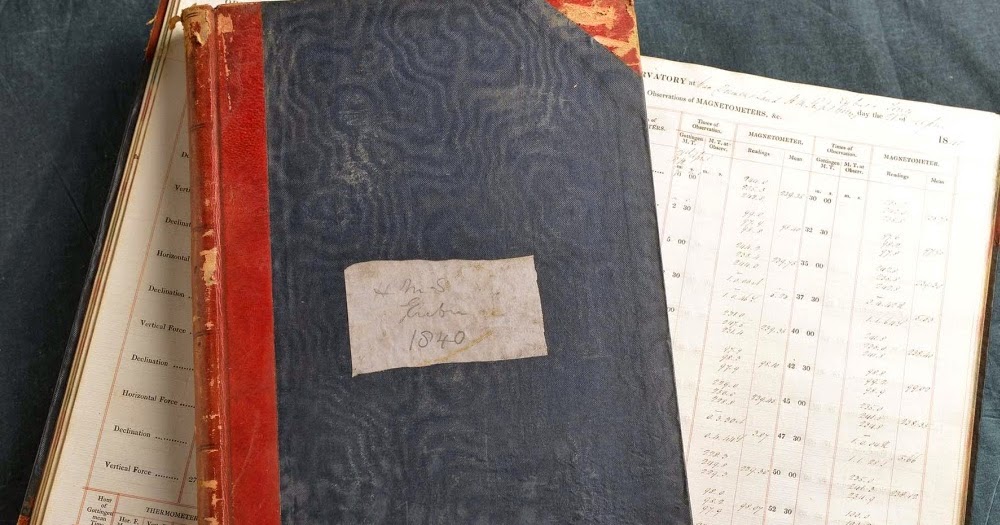
The bulge was fitted along each side of the ship and was intended to absorb the impact of any explosions.

Another significant change was to raise the top of the anti-torpedo bulge above the waterline and reduce its width both changes would improve the stability and maneuverability of the ship at sea. Some of the main modifications were an increase in the power supply to guarantee a speed of 12 knots (22 km/h 14 mph) and a change to the angles and lines of the hull to improve steering. Disappointed by the failure, the Admiralty began the design of a replacement class on 6 September, which incorporated lessons learned from all of the previous classes of monitor commissioned during the war.
HMS EREBUS BOOK FULL
The monitor's engines would not start reliably and were prone to stalling, making it impossible for the ship to achieve even the minimum standard for the trial of four hours of continuous sailing at full power. īy August 1915, Marshal Ney, the first of her class, had revealed a very poor performance in her sea trials. However, all four were cancelled in June when it was realised that there were insufficient gun turrets to complete both the battleship, Royal Oak, and the monitors before 1917. Following construction of the first two of the Marshall Ney-class, another four were ordered in May 1915, with the Harland and Wolff shipyard at Govan receiving a contract to construct two hulls, which were given yard numbers 492 and 493. The Marshal Ney class was the United Kingdom's first attempt at a monitor carrying 15 in (381 mm) guns. The size of the various monitor classes of the Royal Navy and their armaments varied greatly. Termed monitors, they owed little to the monitors of the 19th century, though they shared the characteristics of poor seaworthiness, shallow draught and heavy armament in turrets. The Erebus class were designed to outrange German heavy shore batteries and they were also fitted with highly effective anti-torpedo bulges on each side of the hull.ĭuring the First World War, the Royal Navy developed several classes of ships which were designed to give close support to troops ashore through the use of naval bombardment. Erebus was equipped with two 15 in (381 mm)/42 guns in a single forward turret mounted on a tall barbette to extend the range of fire to 40,000 yd (22.7 mi 36.6 km). Monitors were designed as stable gun platforms with a shallow draught to allow operations close inshore in support of land operations, and were not intended to contest naval battles. They were named after the two bomb vessels sent to investigate the Northwest Passage as part of Franklin's lost expedition (1845–1848), in which all 129 members eventually perished. She and her sister ship Terror are known as the Erebus class. Hopefully, by piecing all of this together, we can actually start pushing the narrative of the story in some interesting direction.HMS Erebus was a First World War monitor launched on 19 June 1916 and which served in both world wars. How did that happen? Was Hornby transferred to Erebus did they abandon one ship and put everybody on the other one? Was it something somebody recovered after he died? Was it given to somebody? With one object, we can start to see questions. “So this object jumped ship at one point.


“Originally, when the ships set sail, he was not on Erebus, he was on Terror,” Bernier says. Near Edmund Hoar’s items, divers found another artifact that also bore the name of a crew member-mate Frederick Hornby. How and when did the HMS Erebus sink after both ships were abandoned in spring 1848, having been trapped in ice since September 1846? Which officers and crew were among the 24 men who had died by that time, and why so many?īernier tells Mental Floss there’s even a new mystery to solve. Parks Canada's Underwater Archaeology TeamĪs with the findings from previous research seasons, many questions about the shocking demise of the Franklin expedition remain unanswered. Parks Canada and Inuit archaeologists set up instruments near the HMS Erebus shipwreck.


 0 kommentar(er)
0 kommentar(er)
